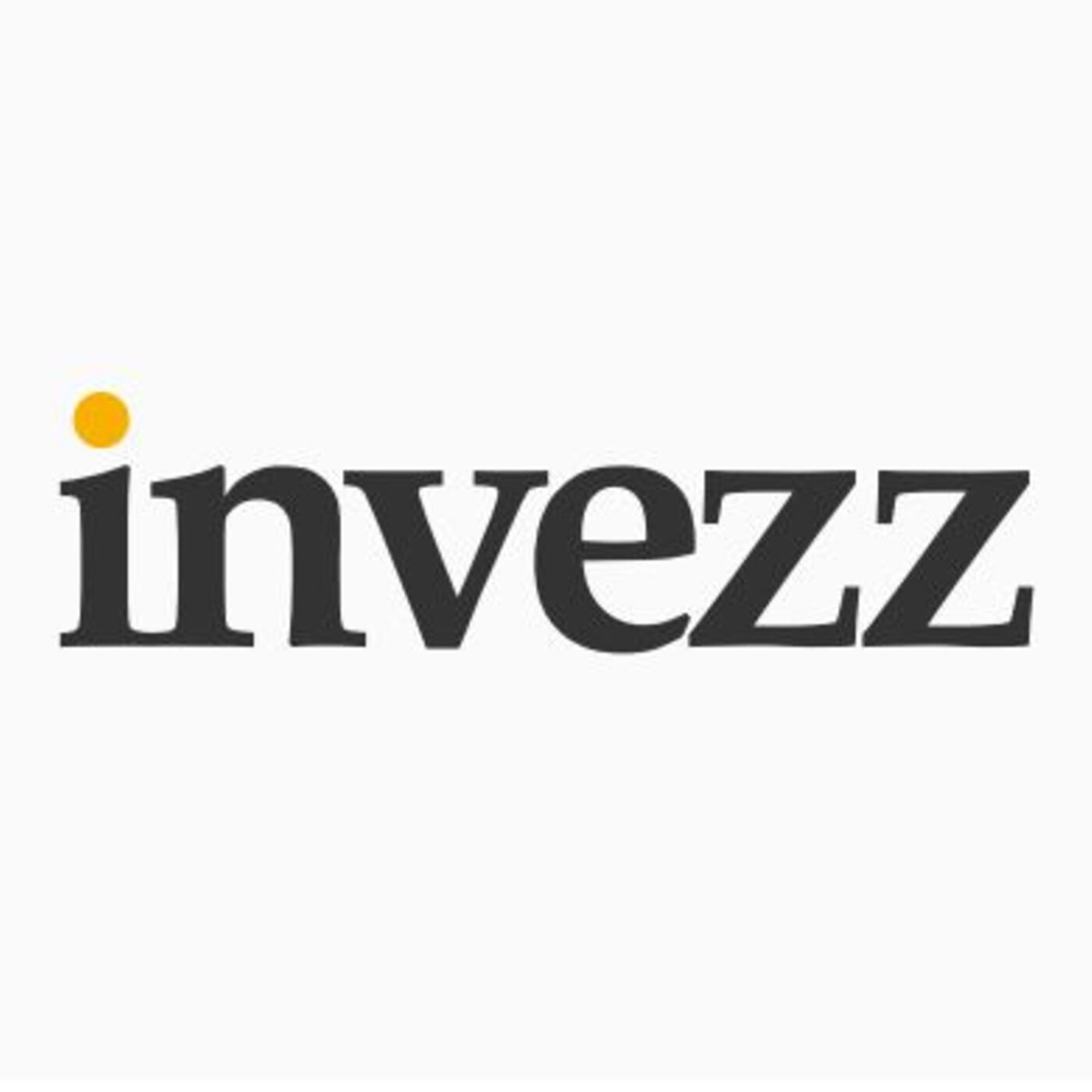Tether and Circle to meet South Korea’s Big Four Banks over stablecoins
0
0

Tether and Circle, two of the leading stablecoin issuers in the industry, are set to meet with key executives from some of South Korea’s largest banks by the end of the week.
A report from local media house Yonhap, which cited unnamed industry officials, claims two separate meetings have been scheduled between the stablecoin giants and members of South Korea’s “Big Four” financial groups — Shinhan, Hana, KB, and Woori.
Tether and Circle enter South Korea’s banking big league
Among those attending is Shinhan Financial Group CEO Jin Ok-dong, one of the country’s most influential banking figures. His involvement alone signals just how seriously the South Korean banking establishment is now treating stablecoins.
Circle President Heath Tarbert is expected to hold talks on Friday with both Jin Ok-dong of Shinhan and Hana Financial Group CEO Ham Young-joo.
Ham is also reportedly scheduled to meet separately with a Tether representative later the same day.
Among other high-profile names, KB Financial Group’s Chief Digital & IT Officer Lee Chang-kwon and Woori Bank President Jeong Jin-wan are also reportedly planning to meet with Tarbert.
The exact timing hasn’t been made public, but the involvement of all four banks, each recognized as systemically important by South Korea’s top financial regulator, gives the effort added heft.
Little is known about what’s on the agenda, but Yonhap said the meeting is expected to cover potential partnerships around issuing Korean won-backed stablecoins and setting up local distribution channels for US dollar-pegged tokens such as USDT and USDC.
If successful, these conversations could pave the way for South Korea’s largest banks to play a more active role in the growing global stablecoin market, whether through custody services, issuance models, or cross-border payment rails.
Seoul’s growing interest in stablecoins
South Korea has ramped up efforts to formalise its domestic stablecoin strategy over the past year.
The Financial Services Commission (FSC) has already confirmed it was preparing a dedicated regulatory framework for won-pegged stablecoins.
The proposal is expected to be revealed in October as part of the second phase of the Virtual Asset User Protection Act.
The legislation will define guardrails for issuance, collateral backing, and internal controls — areas that remain loosely regulated under current crypto laws.
Park Min-gyu, a lawmaker from the ruling Democratic Party, told local reporters during a press briefing last week that he was briefed on the stablecoin proposal and expects the FSC to submit it to the National Assembly within a few months.
President Lee Jae-myung’s administration has been one of the driving forces behind this stablecoin push. Since taking office, the pro-crypto leader has pushed for digital innovation in finance, repeatedly endorsing a stablecoin tied to the national currency.
During his campaign, Lee called for building a sovereign stablecoin market to preserve South Korea’s monetary influence as dollar-pegged tokens continue to dominate crypto trading volumes at home.
Competing visions and concerns
But not everyone in the country’s financial ecosystem agrees on the best way forward.
Among the biggest opposers, the Bank of Korea has voiced concern that private-sector stablecoins, even if won-backed, could create more demand for dollar-denominated tokens.
Governor Rhee Chang-yong warned that such a shift might complicate foreign exchange management and threaten capital controls, particularly if local stablecoins become a bridge to USDT or USDC.
The central bank governor has also raised doubts about allowing private companies to issue stablecoins, arguing that such a move could undermine the central bank’s ability to manage monetary policy.
Rhee hasn’t outright rejected stablecoins, but he did stress the need for a well-structured framework to prevent unexpected consequences for the broader economy.
Still, momentum seems to favor regulatory openness. In July, shares of several major banks spiked after trademark filings related to stablecoin development became public.
Meanwhile, South Korea-based entertainment platform fanC partnered with software firm Initech to launch KRWIN, the country’s first pilot stablecoin pegged 1:1 to the won.
Though still in limited internal testing, the move was largely viewed as a significant milestone in the private sector’s push to get ahead of the regulatory curve.
Tether and Circle expand their global playbook
As for the stablecoin issuers themselves, this isn’t a sudden pivot to Asia. Both Tether and Circle have been steadily building diplomatic and institutional relationships around the globe.
In recent months, Tether has signed agreements with the governments of Uzbekistan and Guinea to explore blockchain payments, and in January, it announced a strategic relocation to El Salvador.
CEO, Paolo Ardoino, has also met with U.S. lawmakers to help shape stablecoin legislation, including efforts linked to the proposed GENIUS Act.
Circle, meanwhile, has leaned into regulatory diplomacy, with Tarbert appearing at high-level U.S. government forums such as the CFTC CEO roundtable in Washington, D.C.
Like Tether, Circle sees institutional banking partnerships as essential for scaling USDC globally, and South Korea, with its active crypto community and fast-moving regulatory environment, appears to be next on its list.
The post Tether and Circle to meet South Korea’s Big Four Banks over stablecoins appeared first on Invezz
0
0
 Manage all your crypto, NFT and DeFi from one place
Manage all your crypto, NFT and DeFi from one placeSecurely connect the portfolio you’re using to start.





